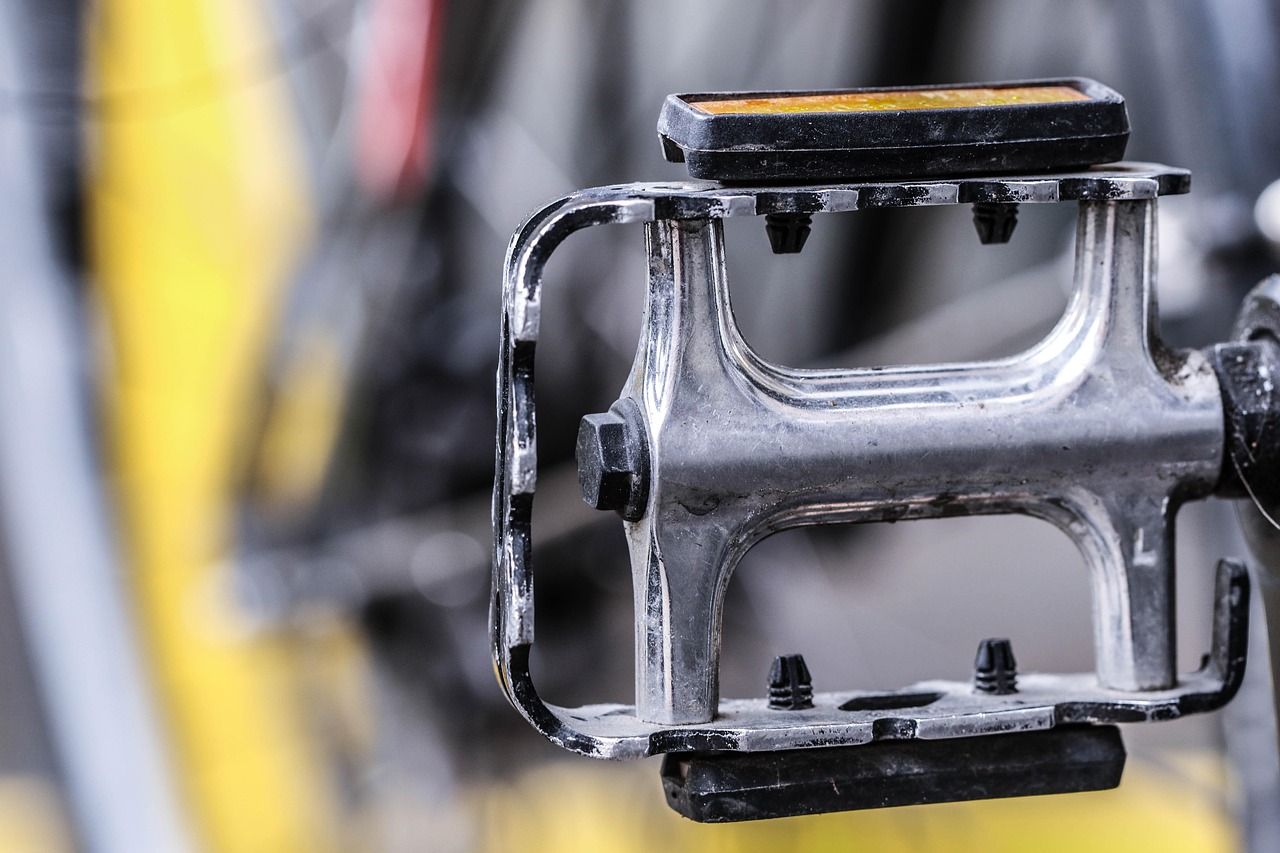Breathwork - Part 3
Techniques for Better Breathing - Part 3
Introduction
Welcome to the third installment of our series on techniques for better breathing. In this article, we will explore advanced breathing exercises and practices that can help improve your lung capacity, reduce stress, and enhance overall well-being. Let's dive in!
Breath Retention
Breath retention, also known as Kumbhaka in yoga, involves holding the breath for a period of time after inhaling or exhaling. This practice helps increase lung capacity, improve focus, and calm the mind. Start by inhaling deeply, then hold the breath for a few seconds before exhaling slowly. Gradually increase the duration of breath retention as you become more comfortable with the practice.
Alternate Nostril Breathing
Alternate nostril breathing is a powerful technique to balance the flow of energy in the body and calm the mind. Sit comfortably with your spine straight, using your right thumb to close your right nostril and your ring finger to close your left nostril. Inhale through your left nostril, then close it with your ring finger and exhale through the right nostril. Continue this pattern, alternating nostrils with each breath.
Box Breathing
Box breathing is a simple yet effective technique used by Navy SEALs to enhance focus and reduce stress. Start by inhaling deeply for a count of four, hold your breath for four counts, exhale for four counts, and then hold your breath again for four counts. Repeat this pattern for several minutes to experience a sense of calm and clarity.
Guided Visualization
Guided visualization involves using mental imagery to promote relaxation and improve breathing. Find a quiet place to sit or lie down, close your eyes, and imagine yourself in a peaceful setting such as a beach or a forest. As you breathe deeply, visualize the sights, sounds, and sensations of this calming environment, allowing your body to relax and your breathing to become more natural and rhythmic.
Conclusion
Practicing these advanced breathing techniques can have profound effects on your physical and mental well-being. Whether you choose to explore breath retention, alternate nostril breathing, box breathing, or guided visualization, incorporating these practices into your daily routine can help you cultivate a deeper connection to your breath and enhance your overall quality of life.
Remember to consult with a healthcare professional before starting any new breathing exercises, especially if you have pre-existing health conditions. Take the time to explore these techniques mindfully and listen to your body's signals as you embark on this journey to better breathing.


